
Help for a Rare Antelope
It’s raining, and the mud is thick and slick. Cattle mill about, awaiting their turn at the makeshift vaccination station. The veterinarians are wet, the herdsmen are wet, and there’s plenty of work to be done, which is complicated by COVID-related uncertainties as well as the rains that are threatening to derail this entire operation.
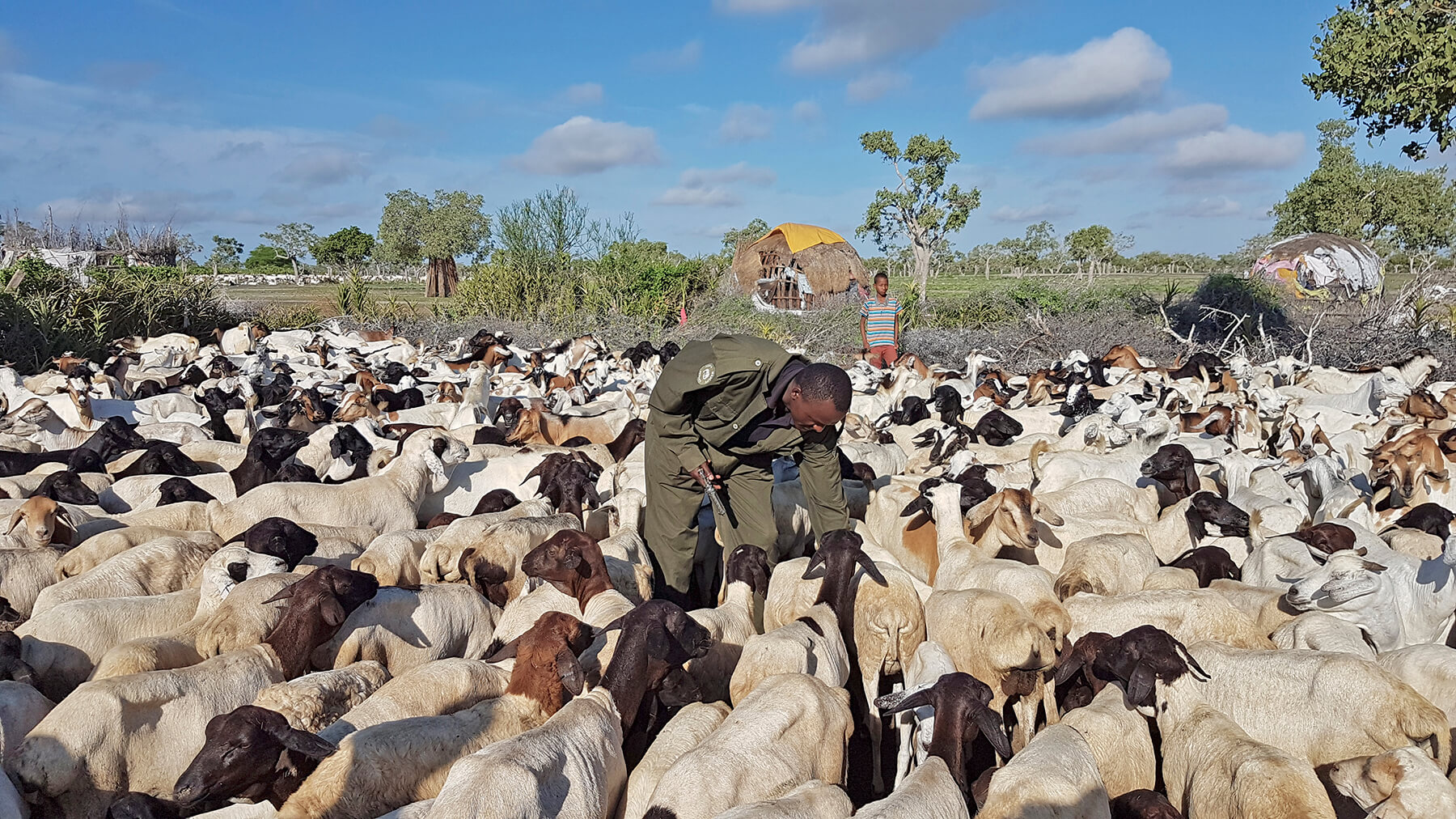
This is southeastern Kenya, at the Ishaqbini Hirola Community Conservancy. It’s home to the world’s rarest and most endangered antelope species, the hirola Beatragus hunteri. San Diego Zoo Wildlife Alliance (SDZWA) collaborates with conservation innovators here to develop sustainable conservation solutions for the hirola and other savanna wildlife. Stephen Chege, BVM, M.Sc., is an SDZWA veterinarian and postdoctoral fellow working to conserve the hirola and other endangered species. That’s why he’s vaccinating livestock.
Over the course of 12 days, nearly 60,000 goats, sheep, and cattle—more than 90 percent of the livestock in the region—will be vaccinated against the most common and devastating livestock diseases. But how is a livestock vaccine related to the survival of an endangered species? To understand that, consider that these livestock vaccinations also contribute to the health and prosperity of the people in this community.
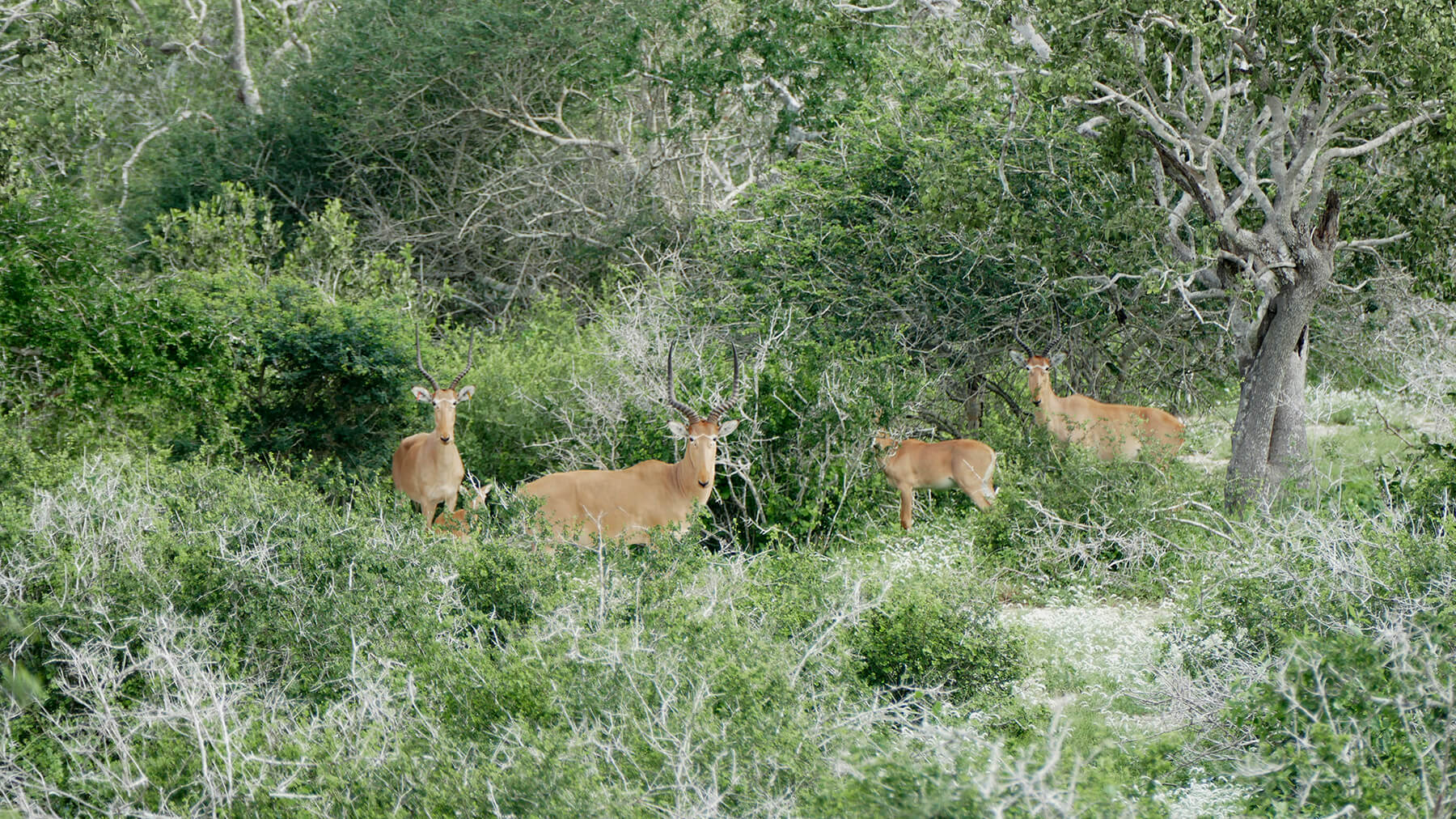
Ishaqbini and Hirola
Ishaqbini Hirola Community Conservancy (Ishaqbini) is one of 39 community conservancies in Kenya that are members of the Northern Rangelands Trust (NRT). Like the other conservancies, it is a community-managed organization, managed by the pastoralist people who live there. It is also home to some of the last remaining populations of the hirola, and the community is dedicated to the protection and repopulation of this critically endangered antelope. Here, hirola live alongside wildlife like zebras and giraffes, as well as the goats, sheep, and cattle of the Ishaqbini pastoralists.
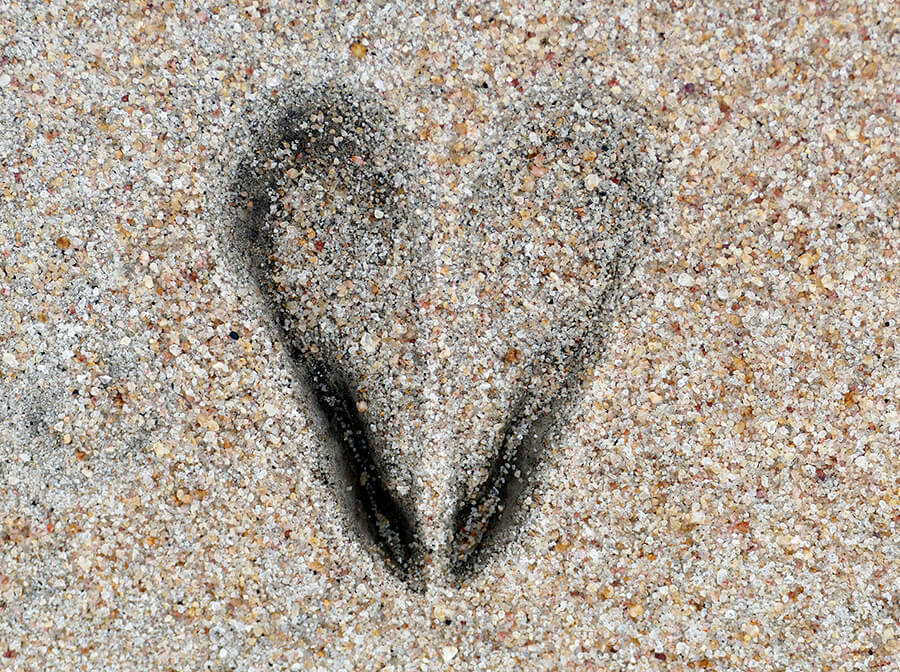
The hirola population was once estimated at somewhere between 10,000 and 16,000, but their numbers began to plunge in the 1980s as a result of disease, drought, poaching, and habitat loss. Today, only about 500 hirola survive. So, in 2012, the Ishaqbini community fenced off more than 6,000 acres (2,500 hectares) within the conservancy to create a predator-proof, livestock-free hirola sanctuary. Initially, the sanctuary protected a breeding herd of 48 hirola. Protected from predators and poachers by Ishaqbini rangers who patrol the sanctuary, the herd thrived. By late 2020, it had grown to about 140 individuals, but that growth presented a challenge.
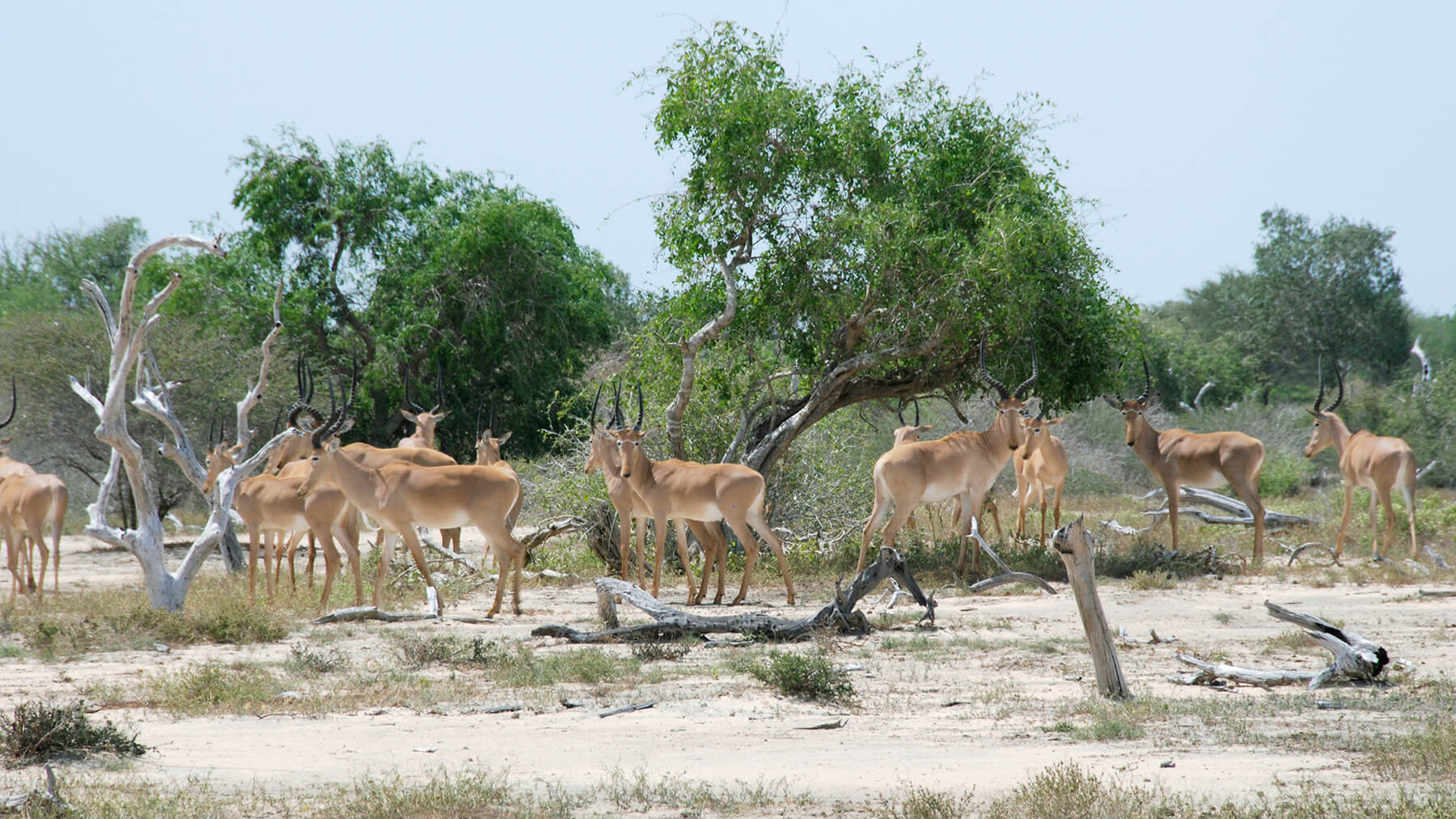
Like many other large antelope species, males compete for access to females. As male hirola born within the sanctuary began to mature, “Males were fighting, which is an indication that the herd needed more space,” Dr. Chege says. The Ishaqbini managers approached NRT and Kenya Wildlife Service (KWS) with options for solutions. The most immediately feasible option was to remove some of the males from the sanctuary. “You remove ‘excess’ males, and fighting stops,” Dr. Chege explains.
So Ishaqbini released 57 hirola from the sanctuary. At their request, KWS, NRT, and SDZWA placed Savannah Tracking monitoring collars on five of the hirola that were released. It wasn’t easy. Dr. Chege participated in the dramatic exercise, which also involved a KWS veterinarian and NRT staff, a fixed-wing aircraft, and a helicopter. While a hirola was sedated, the team placed the collar on it. They also took the opportunity to collect biological samples.

Rare Opportunity
Patricia Gaffney, DVM, MPVM, Ph.D., Diplomate ACVP, is the director of disease investigations for SDZWA. “What was exciting to me was that we were able to get biological samples from this really rare species,” Dr. Gaffney says. Her team was able to bank blood, skin, and other samples; to eventually screen those samples for parasites and diseases the collared hirola had been exposed to, and to analyze DNA. “These are really valuable samples. Even one sample means a lot,” she says.
Collars relay a GPS position twice daily, so managers can monitor the hirola’s post-release movement patterns over the wider Ishaqbini Conservancy. “They left the sanctuary, traveled quite far, and then came back—they move around,” she says. The good news is that some have been seen with herds of wild hirola. “They seem to be integrating into other groups, but it’s too soon to know for sure,” Dr. Gaffney says. There’s bad news too, though. “We lost two of the collared hirola due to predation—probably a leopard,” Dr. Chege says.
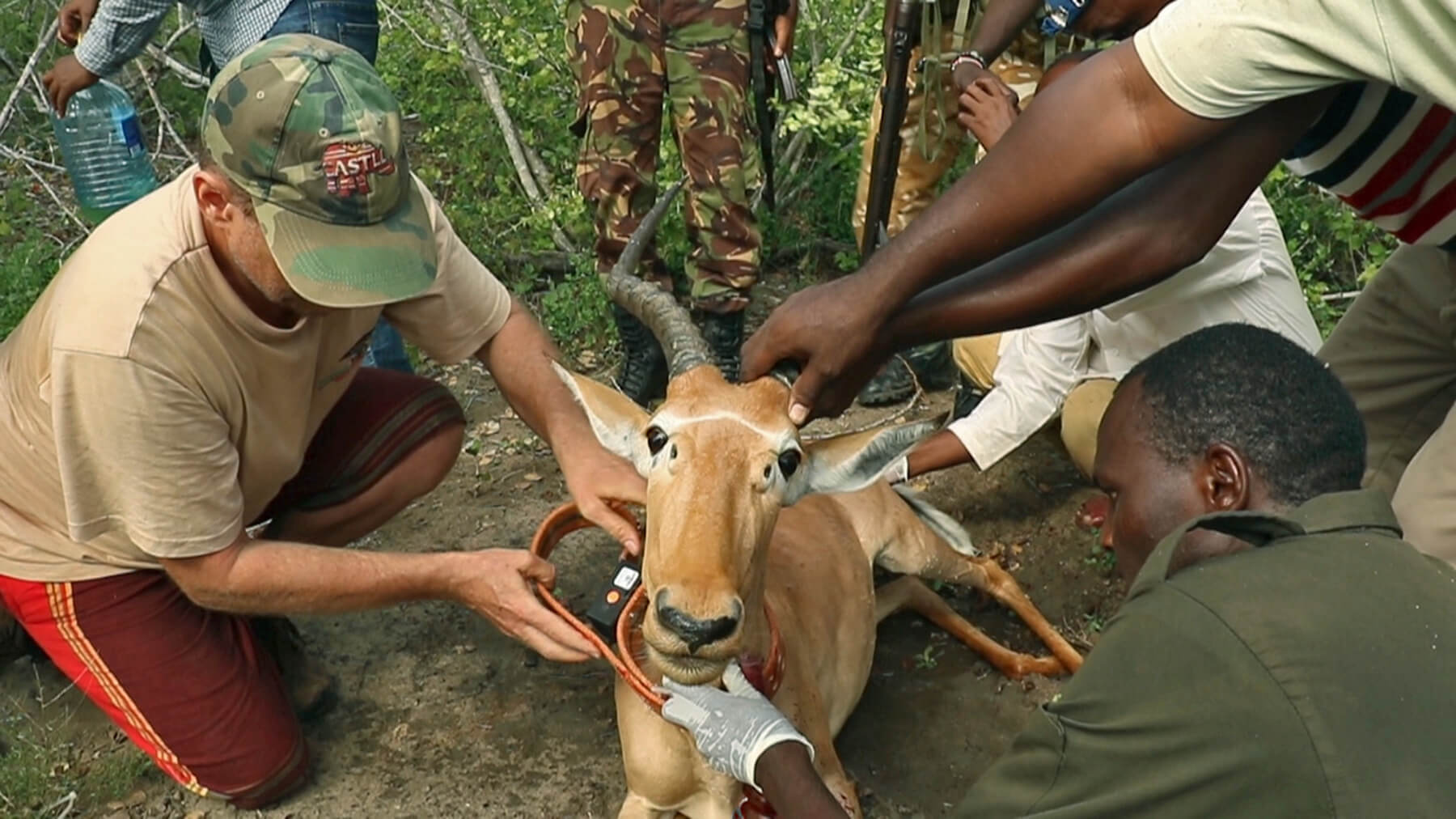
Ahem...and the Vaccinations?
And just what does all this have to with livestock vaccinations? Disease has been identified as a threat to endangered wildlife, and many livestock diseases can easily jump to wildlife—and sometimes, to people. Dr. Chege focuses on understanding disease dynamics and epidemiology at the livestock-wildlife-human interface, with a view to preventing disease and ensuring a healthy and viable population of hirola and other wildlife. He calls the vaccines a “barrier” that stops disease before it gets to native species.
“People, animals, and the environment all share the same space,” Dr. Gaffney explains. “Disturbances in ecosystems can lead to unpredictable exposures and potential for disease transmission.” It’s all part of SDZWA’s One Health approach to conservation, which is a way to approach ecosystem health, animal health, and human health. “Supporting livestock health supports the people who share that same region, as well as animals that share that space—in particular the hirola, but there is a whole lot of other wildlife as well,” she says. In other words, vaccinating livestock is the best way to keep them, their owners, and the wildlife they share habitat with, healthy.
To that end, SDZWA provided thousands of vaccines, as well as logistical support and transportation for Dr. Chege and for Omar Hussein, a veterinary technician at Ishaqbini who monitors hirola and livestock for signs of disease. But collaboration is key. “We don’t work alone,” Dr. Chege says. “Ishaqbini Community Conservancy provided the platform, and its board members helped in planning and logistics. The County Government of Garissa veterinary department conducted the vaccinations. This is part of a huge partnership between the community and us.”
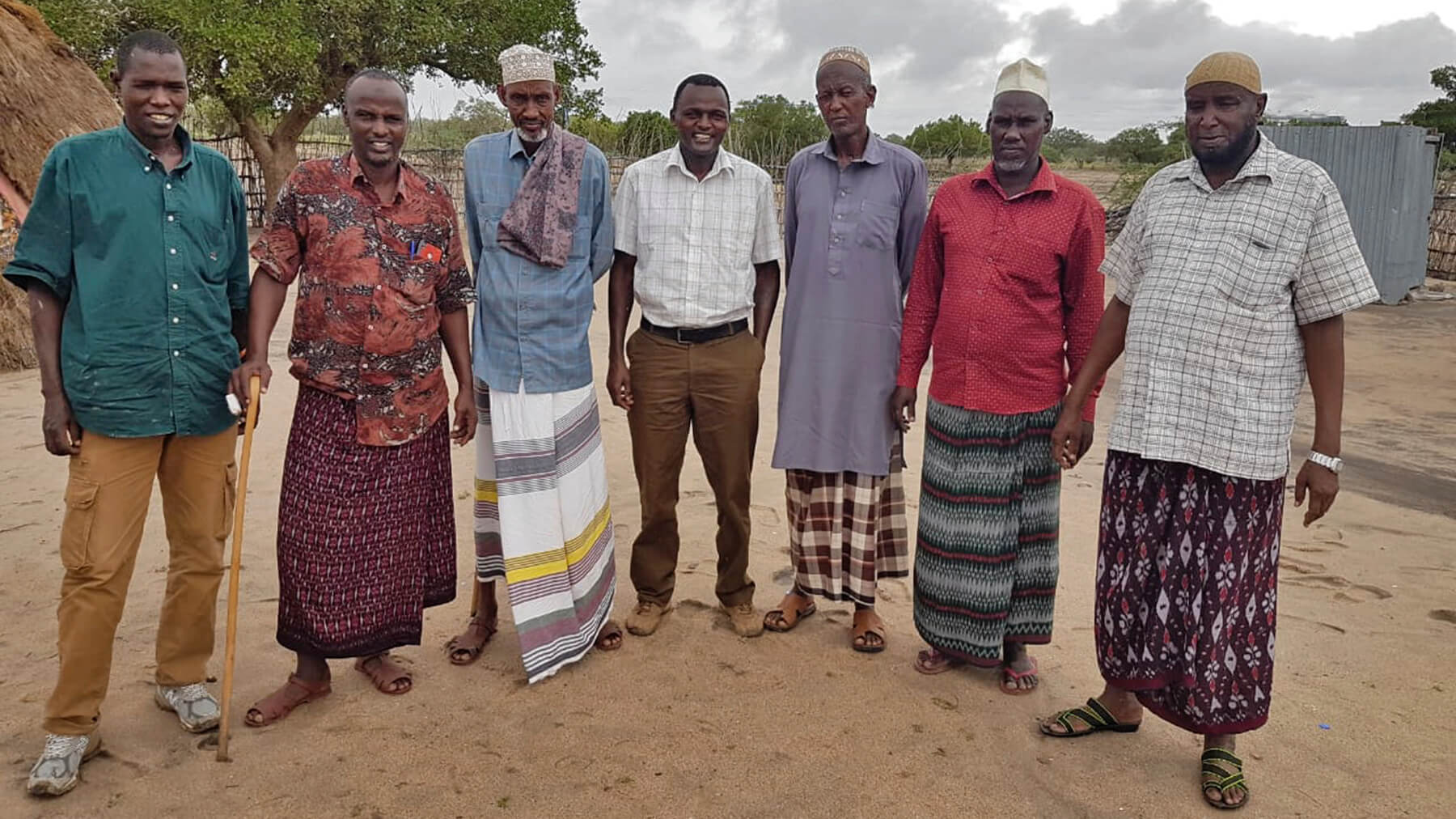
Community Effort
For pastoral communities, domestic livestock is the source of their livelihood. “The pastoral people of Ishaqbini know the importance of vaccines,” Dr. Chege says. “Annual vaccinations are truly a community-led effort.” And not only do the pastoralists bring their sheep, goats, and cattle from all over Ishaqbini, “They do the communication and make sure everyone in the community knows when and where we are doing vaccinations.” The same pastoralists are committed to conservation and wildlife health, as well as the health of their livestock. “They take great pride that this very rare species is from their land,” Dr. Gaffney says. “They are very invested in the success of hirola and the sanctuary.”
As wildlife, pathogens, and disease vectors shift their distribution in response to changing climatic conditions, disease transmission dynamics are changing, too. That makes the work of the Ishaqbini community and SDZWA’s integrated livestock-wildlife health management program for the region more important than ever. The program is a good example of SDZWA’s One Health approach to conservation. As we work to protect hirola from disease threats, the program is simultaneously benefiting the local pastoralist communities whose livelihood and survival depend on their livestock.
Our partners in hirola conservation: Ishaqbini Hirola Community Conservancy; Northern Rangelands Trust; Kenya Wildlife Service; County Government of Garissa, Kenya; Savannah Tracking
(Top image by: Juliet King)




